Places to Visit in Tirana, Albania
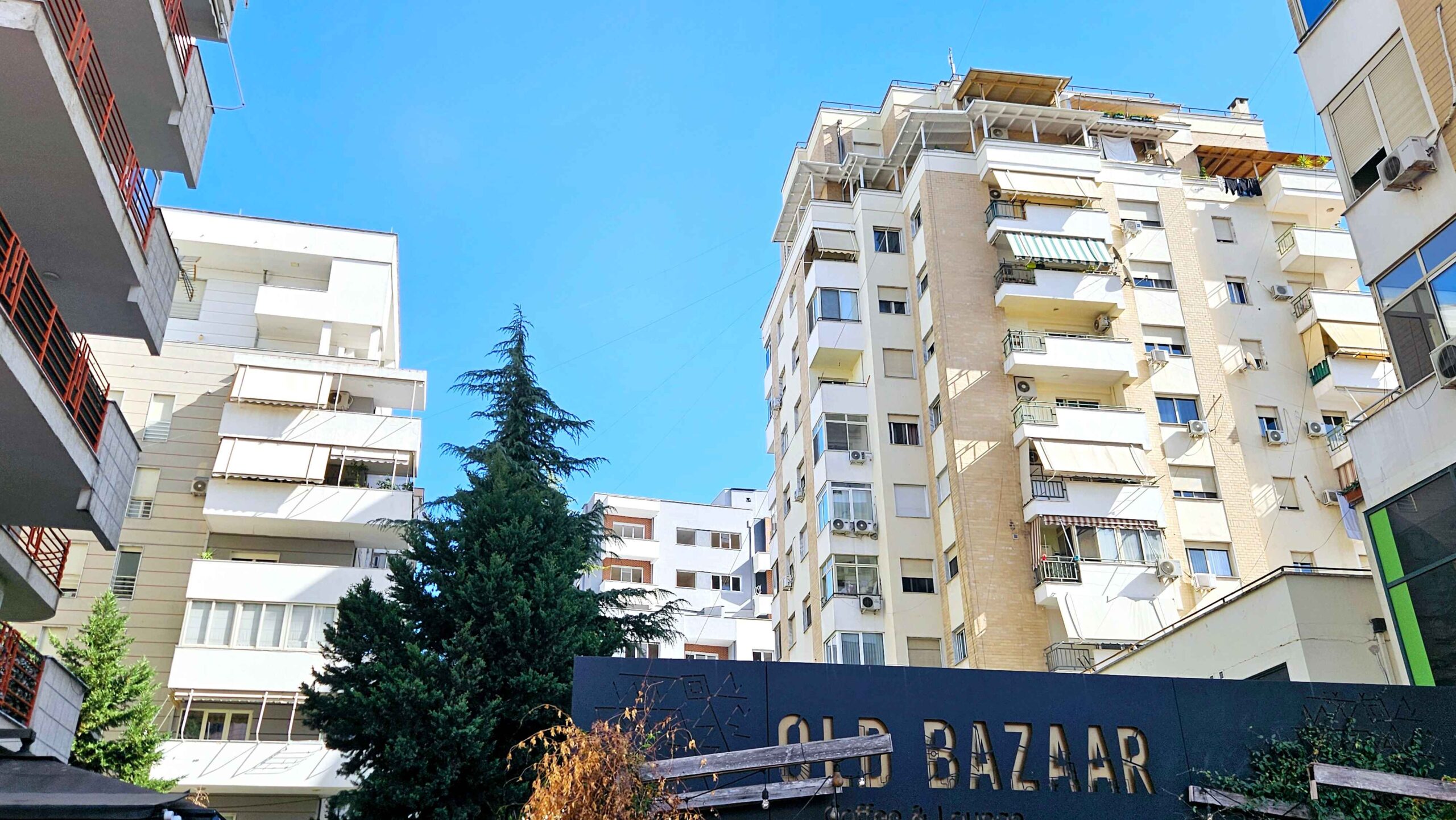
I took a trip to the largest city in Albania, Tirana which is also the capital of Albania. Albania has beautiful landscapes and has gone through historical moments. In this post, I will be sharing the top places that you should visit in Tirana
Mount Dajti National Park
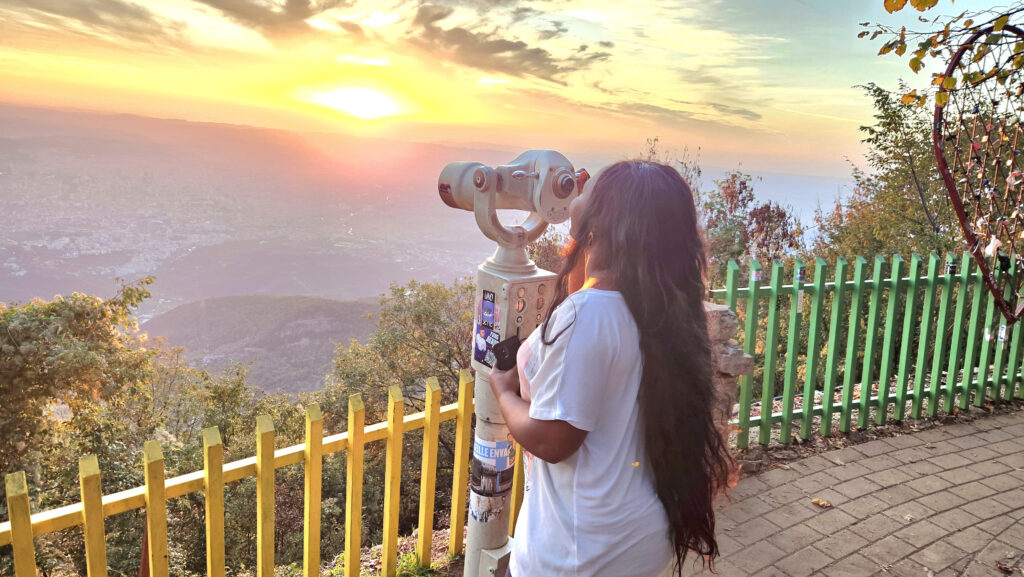
Dajti Mountain National Park is a place to experience natural beauty and outdoor adventure.
I took the Dajti Ekspress cable car, the longest cableway in the Balkans. When you visit and take this ride, you will have the opportunity to see Mount Dajti and enjoy the beautiful view of nature, and the rugged landscapes including seeing the city of Tirana from the top. Dajti Mountain National Park is a place to experience natural beauty and outdoor adventure. Also, if you want some more adventure, there is a mini golf course and an adventure park. So, When you visit Tirana, add Mount Dajti National Park to your itinerary.
Skanderbeg Square
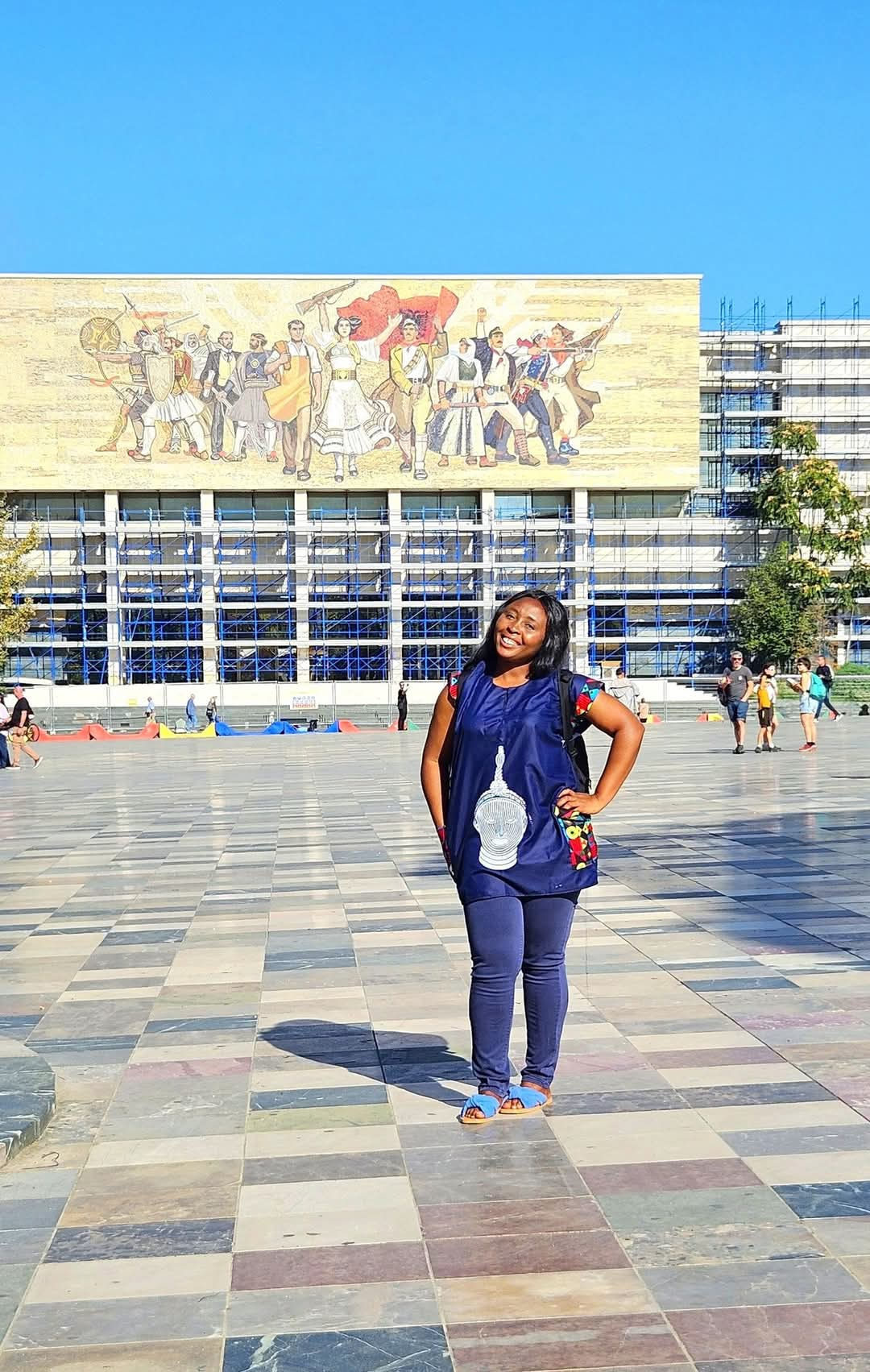
Next is Tirana's central square, one of the important landmarks in the city, the Skanderbeg Square named after Albania's national hero, Gjergj Kastrioti Skënderbej. Take a look at the Skanderbeg sculpture.
Et'hem Bey Mosque

Close by Tirana's central square is the Et'hem Bey Mosque. Wait a minute, let me call your attention to something. Did you know that religion was banned in Albania? You see when the communists came to power in Albania after World War 2, they adopted the Leninist principle which viewed religion as incompatible with socialist progress. Religious institutions were seen as tools for foreign influence and potential sources of resistance to the regime.
Albania had a dictator called Enver Hoxha who ruled Albania from 1944 to 1985. Enver introduced the Albania constitution of 1976 that declared Albania as an atheist state making it illegal to practice religion or promote religious belief. Albania became the first atheist country in the world. Spiritual practices were actively persecuted. Religious buildings, including mosques and churches, were closed, destroyed, or repurposed as warehouses, sports halls, or cultural centres.
Clergies from all faiths were imprisoned, tortured, and even executed. Religious texts, such as the Quran and the Bible, were seized and destroyed. Public displays of religion, such as wearing a cross or hijab, were banned, and religious holidays were abolished. Youth groups were mobilized to vandalize and desecrate religious sites. Many Albanians were forced to conceal their faith, practising secretly if at all.
Ok, let's come back to the Et'hem Bey Mosque, the popular tourist attraction centre in Skanderbeg Square, Tirana. Despite the official ban on religion under the communist regime in Albania, the mosque became a rallying point for religious freedom. In 1991, it was reopened without government permission, and people gathered to worship, defying the ban on religious observance. This marked a pivotal moment in Albania's transition to democracy.
The Et’hem Bey Mosque is one of the few religious buildings that was not destroyed during Albania's communist era. Today, it welcomes visitors to enter the mosque irrespective of religious practices. You are free to admire the artwork of beautiful floral patterns and geometric designs showing the artistic expressions of the Ottoman period. This mosque has become a symbol of religious freedom. The Et'hem Bey Mosque offers a glimpse into Tirana’s Ottoman past and serves as a testament to Albania’s resilience and cultural diversity.
Bunk’Art
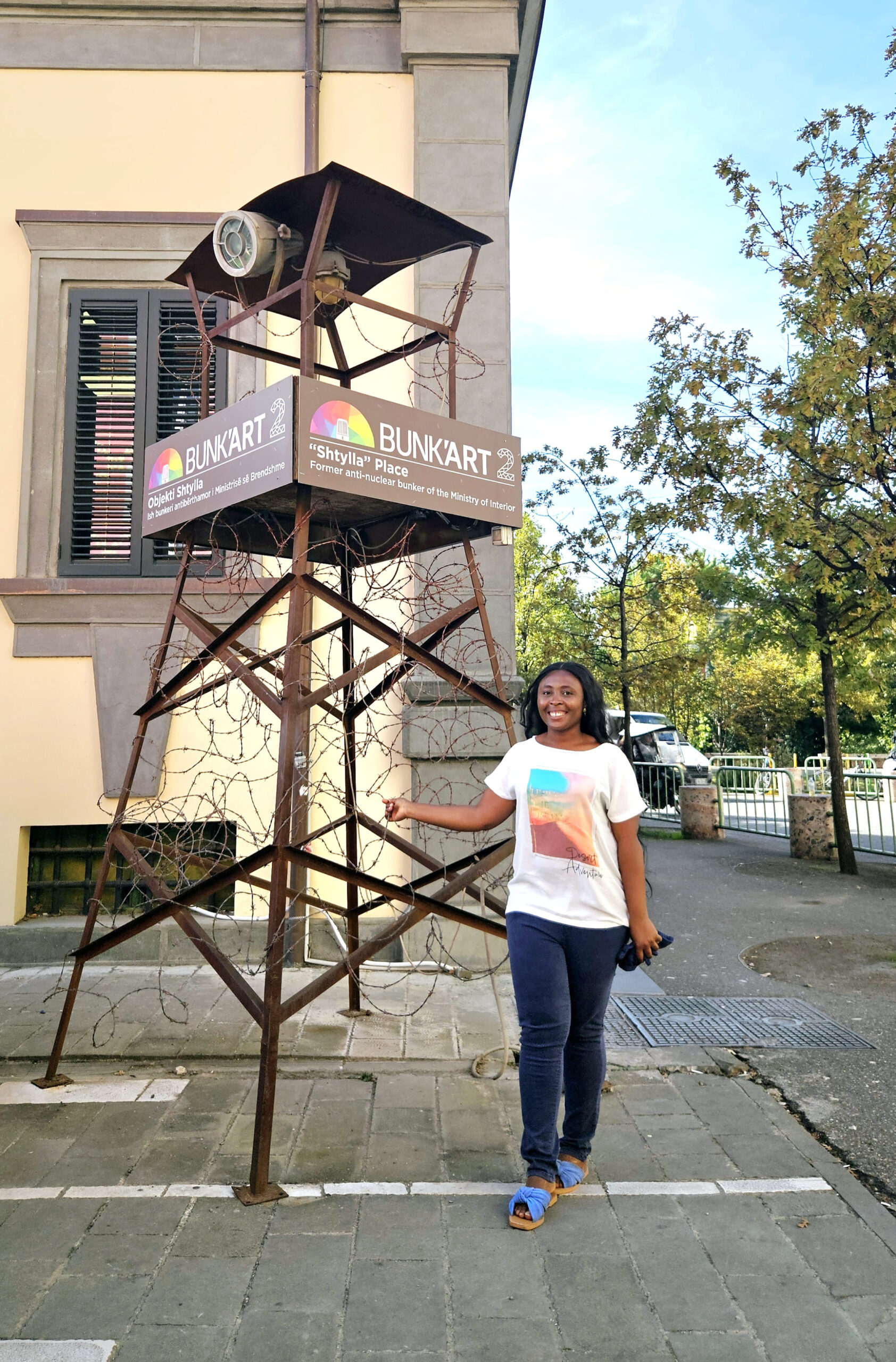
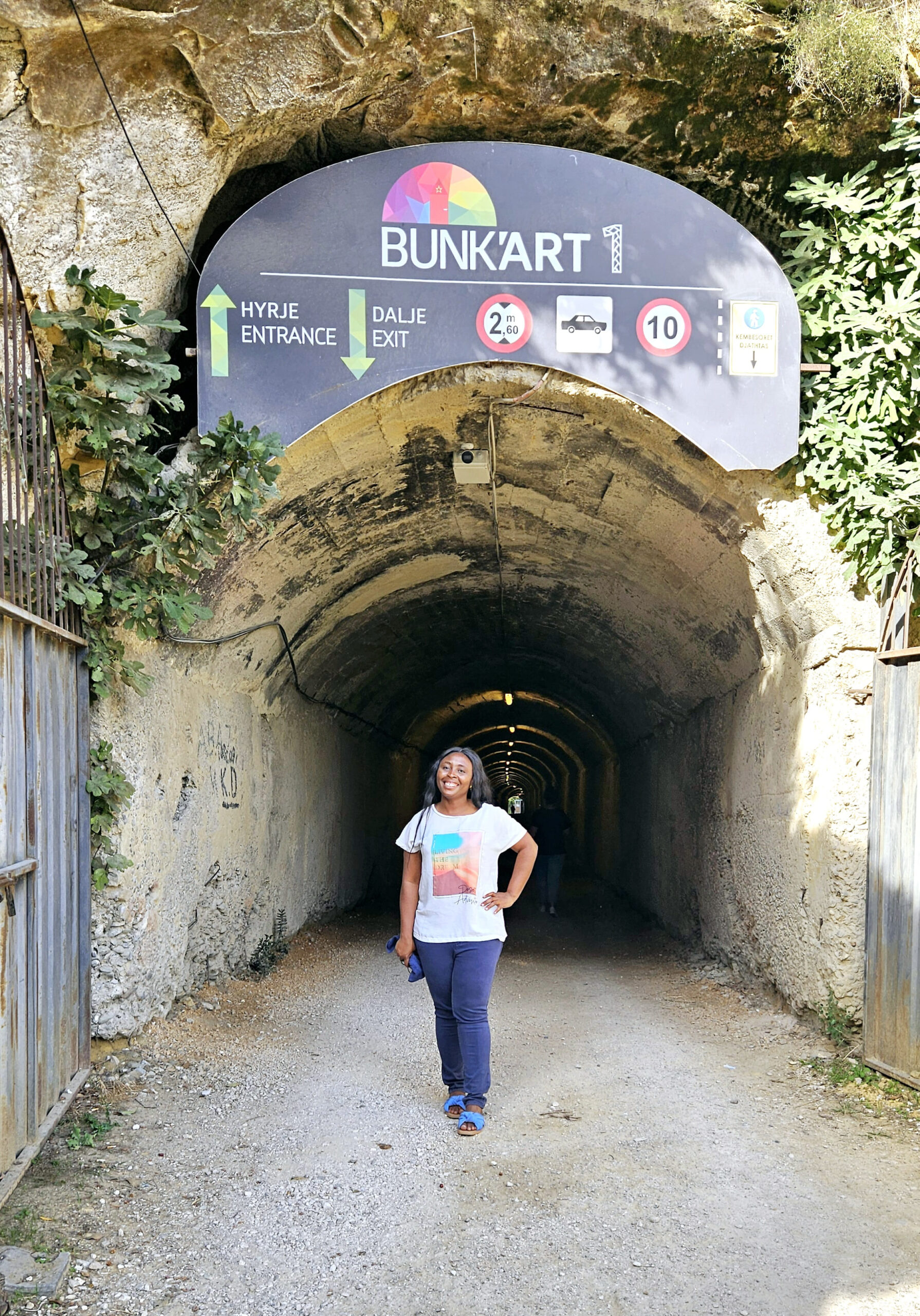
Let me tell you why this place is important. Bunk’Art is more than just a museum; it’s a testament to Albania’s efforts to confront its difficult past and educate both locals and visitors about the challenges of living under a dictator regime.
The museum is housed in former nuclear bunkers. There are two Bunk’Art museums in Tirana: Bunk’Art 1 and Bunk’Art 2, each with a distinct focus and atmosphere. Bunk’Art 1 is located on the outskirts of Tirana, near Mount Dajti. It is a massive underground five-story nuclear bunker built to protect the political and military elite in case of a nuclear attack.
Bunk Art 1 combines history with art installations to provide an engaging experience. Walking through the cold, hallways of the bunker gives visitors a sense of the fear that once existed in Albania.
Bunk’Art 2 is smaller than Bunk’Art 1 and located in central Tirana, near Skanderbeg Square. It focuses on the Sigurimi, Albania’s secret police and shows the oppressive tactics used to maintain control during Albania’s communist era such as torturing individuals who were against the regime.
By transforming these bunkers into cultural spaces, Albania has turned symbols of fear into places of reflection and learning.
St. Paul's Cathedral
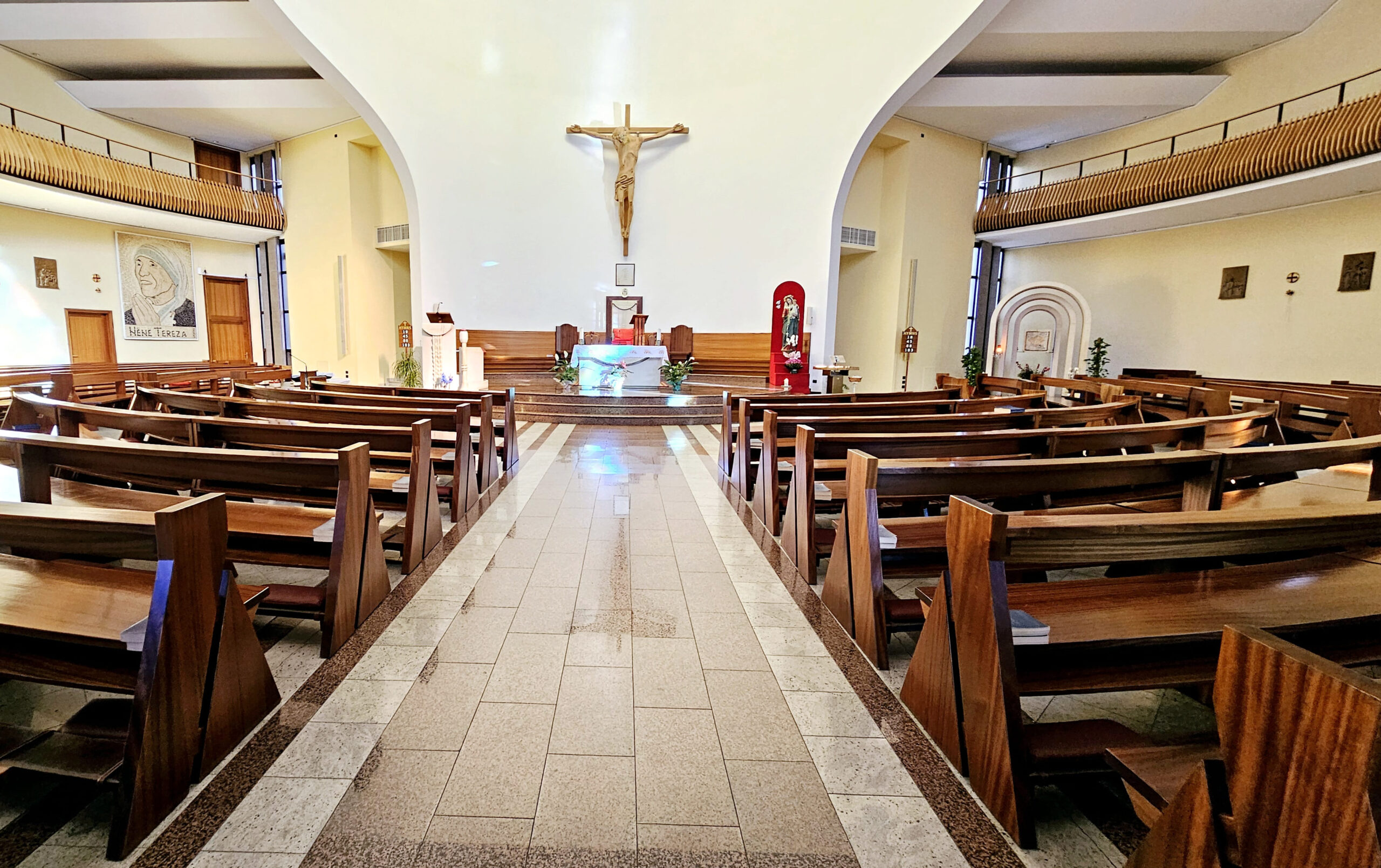
Moving on is another place, a short walk away from the pyramid of Tirana, the St. Paul's Cathedral. Wait, Do you know that Mother Theresa is from Albania? St. Paul's Cathedral has this beautiful stained-glass window. Consecrated in 2002, the cathedral stands as a testament to Albania's religious tolerance, featuring artworks that include Mother Teresa and Pope John Paul II. Whether for worship or quiet reflection, the cathedral offers a peaceful retreat from the city's buzz.
The Cloud
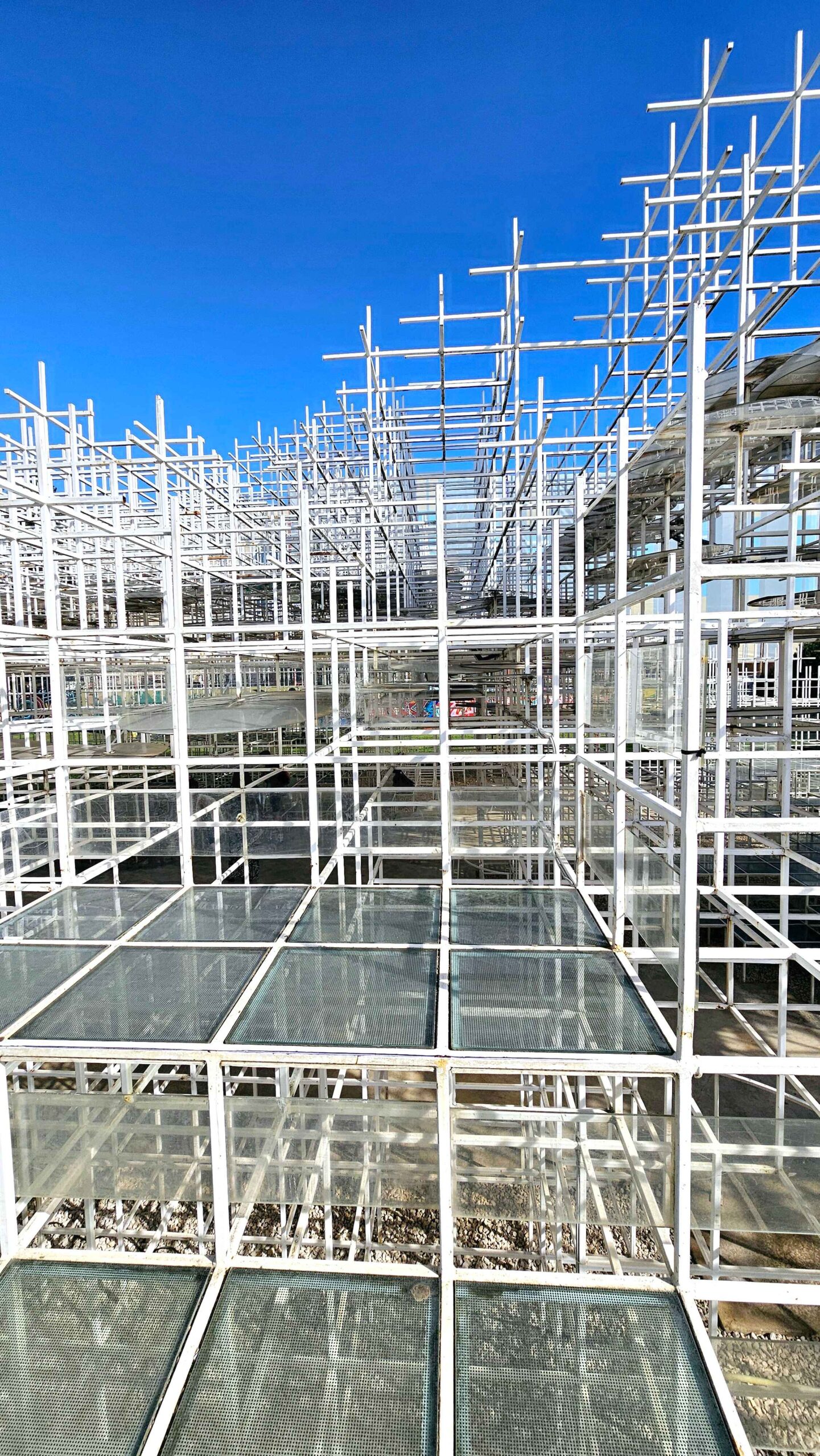


Very good
Thank you for reading
Very good
Thank you for reading
Awesome
Thank you for reading
Awesome
Thank you for reading
Awesome
Thank you for reading
Awesome
Thank you for reading
Good
Thank you for reading